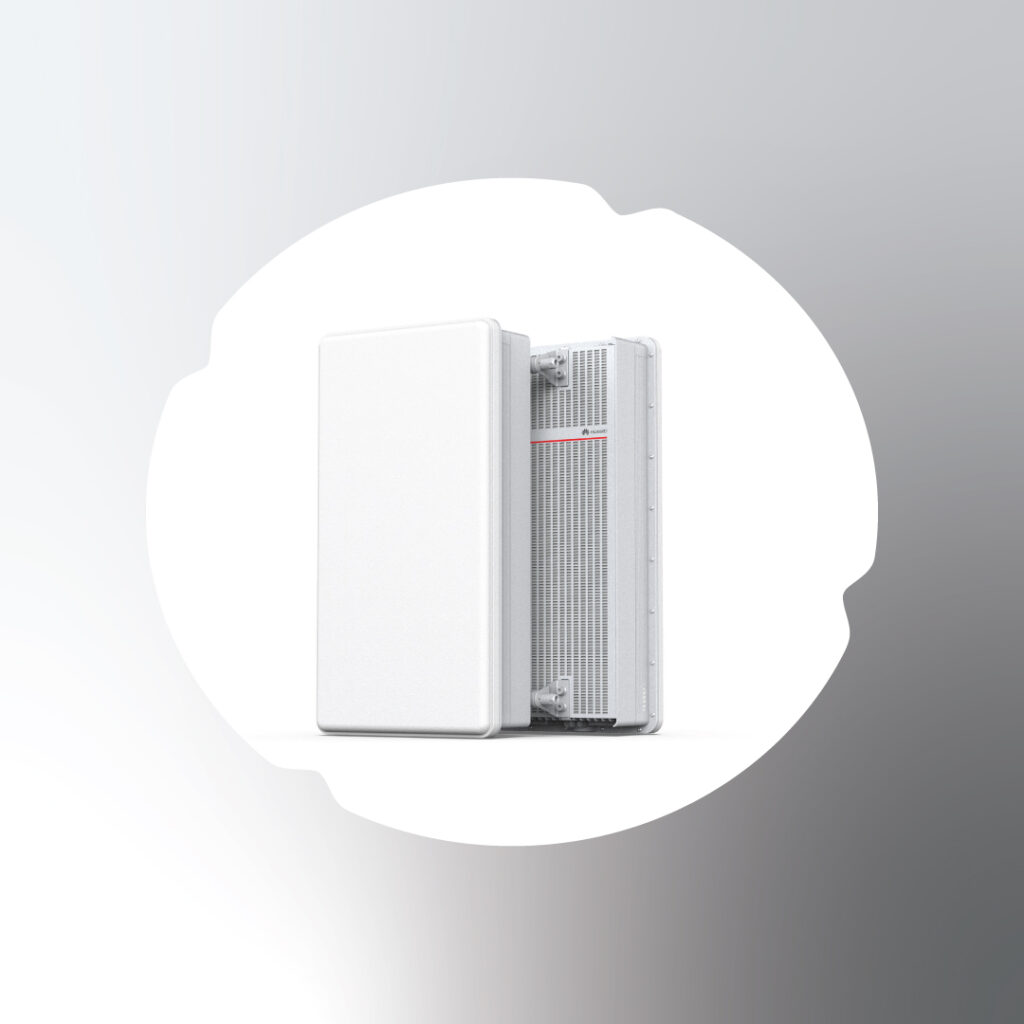Blog
What is a Small Cell in Telecom?
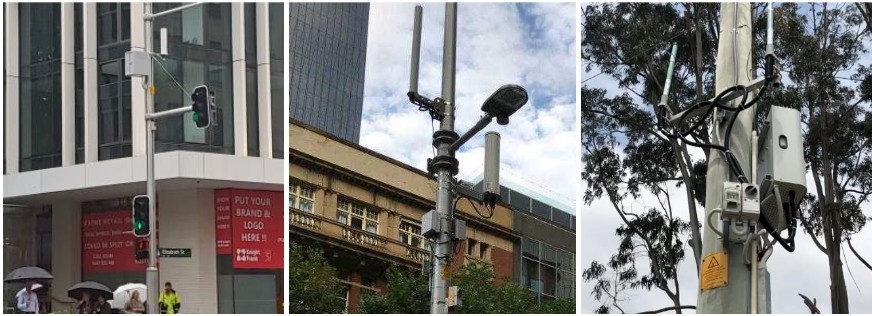
Small cells are low-powered cellular radio access nodes that play a crucial role in modern telecommunications. They are designed to improve network coverage and capacity, especially in high-density areas2. In this blog post, we’ll explore what small cells are, their types, and their benefits in enhancing telecom networks.
Body: Small cells are compact, low-powered base stations that provide cellular coverage in areas where traditional macrocell towers are less effective. They can be deployed indoors or outdoors and operate in licensed, shared, or unlicensed spectrum4. By being deployed densely, small cells achieve high spatial spectrum efficiency, offering high data rates and improved network performance.
Key Benefits:
- Enhanced Coverage: Small cells improve network coverage in areas with high user density, such as urban environments and indoor spaces.
- Increased Capacity: They add targeted capacity to public mobile networks, ensuring a consistent and reliable connection.
- Cost Efficiency: Small cells are more affordable and easier to deploy compared to traditional macrocell towers.
- Future-Proof: Designed to support future advancements and new technologies, making them a long-term solution for telecom networks.
Types of Small Cells:
- Femtocells: Designed for residential and small business use, with a short range and limited capacity.
- Picocells: Used in indoor environments like shopping malls and office buildings, providing coverage over a few hundred meters.
- Microcells: Deployed in urban areas to extend coverage and capacity over a few kilometers.
Use Cases:
- Urban Connectivity: Ideal for densely populated areas where network demand is high.
- Indoor Coverage: Enhances connectivity in buildings where external signals are weak.
- Rural Connectivity: Extends network reach to remote areas, improving access to digital services.
Conclusion: Small cells are transforming the telecom industry by providing enhanced coverage, increased capacity, and cost-effective solutions for network deployment. As the demand for high-speed connectivity grows, small cells will continue to play a vital role in ensuring robust and reliable telecom networks.

